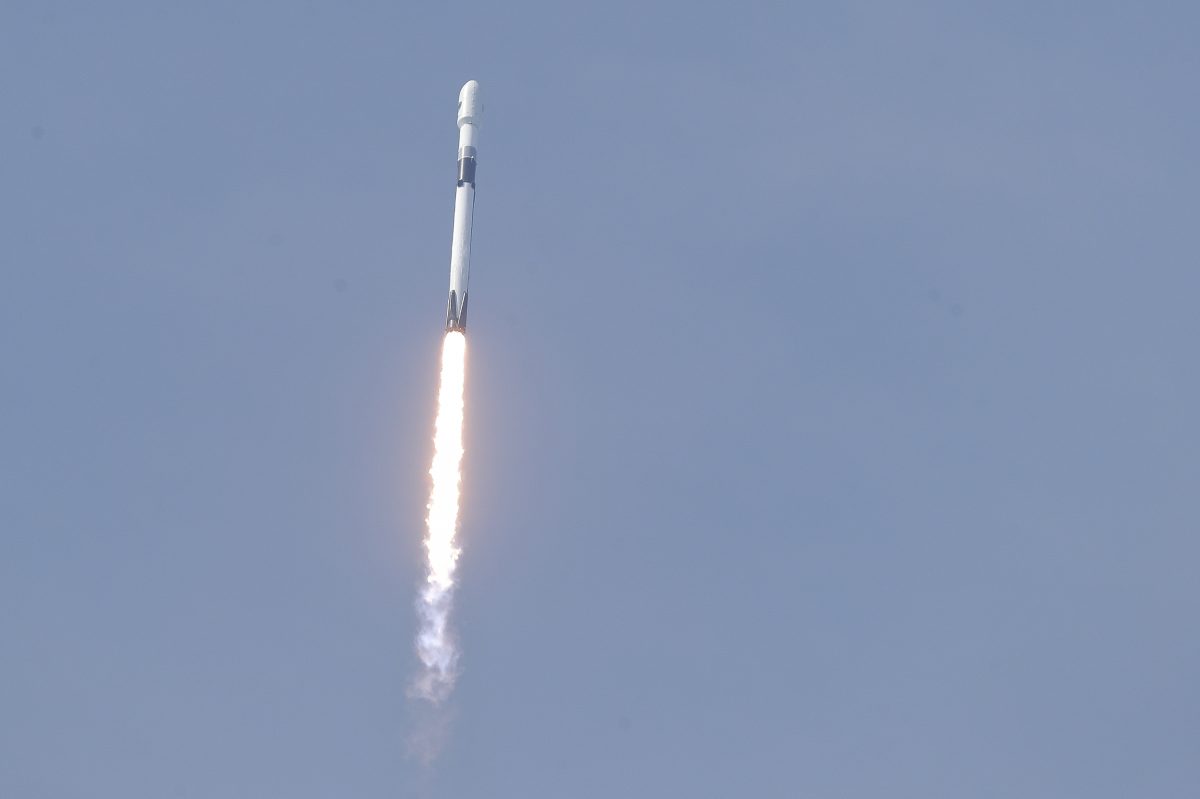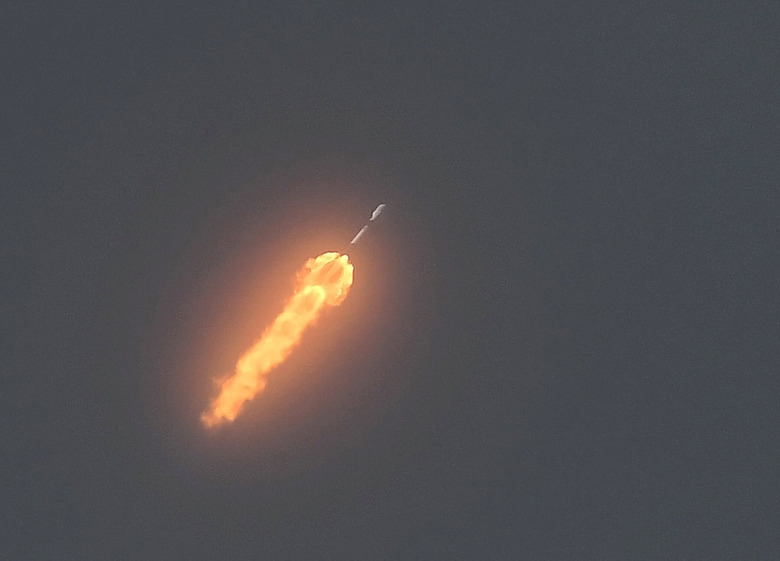This Self-Eating Rocket Could Be A Solution To Space Junk
Every year, space junk becomes a bigger problem. We saw the International Space Station dodging debris several times over the past few years, and we've seen more and more debris make its way back down through Earth's atmosphere in uncontrolled descents. Now, scientists have come up with a novel way to cut down on space junk by using self-eating rockets.
Now, that sounds a little weird, I'll admit. How exactly does a rocket eat itself? And what purpose beyond just cleaning up after itself does this actually fulfill? Well, according to researchers from the University of Glasgow, a self-eating rocket can not only clean up after itself, but it can also utilize its own body for fuel, allowing it to cut down on propellant to get into space.
It's a novel approach to rockets that we haven't seen highlighted so clearly before, and with the space race continuing in a somewhat different capacity than it did over 60 years ago, it's good to see researchers and engineers coming up with these interesting and out-of-the-box ways to improve how we send things to space.

We're already seeing a lot of cut-down on space junk thanks to the use of reusable boosters like SpaceX's Falcon 9, but being able to have the rocket literally eat itself to fuel its ascent is another thing altogether. The group presented the design for its self-eating rocket at the American Institute of Aeronautics and Astronautics SciTech Forum in Orlando this past week.
The design is based on an original idea patented in 1938. The concept may be old, but the complexity of the design and a lack of a business case for small payloads is why we haven't seen it being pushed more before today, one of the lead researchers on the development told Gizmodo.
Even if the design is old, thinking of sending payloads into space with self-eating rockets that use their plastic tubing for fuel is exciting for several reasons, not the least of which is the fact that it could help cut down on random space junk hurtling through Earth's orbit.
